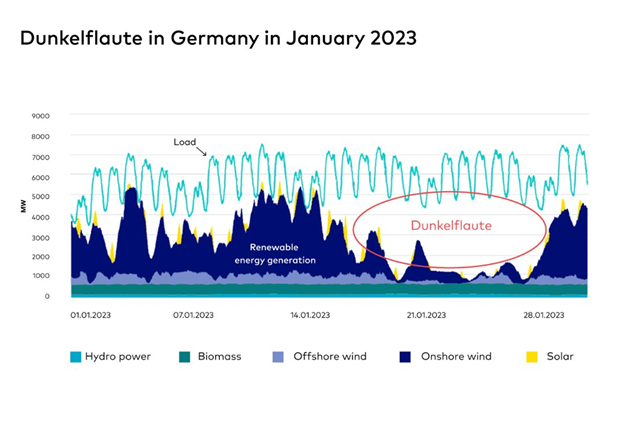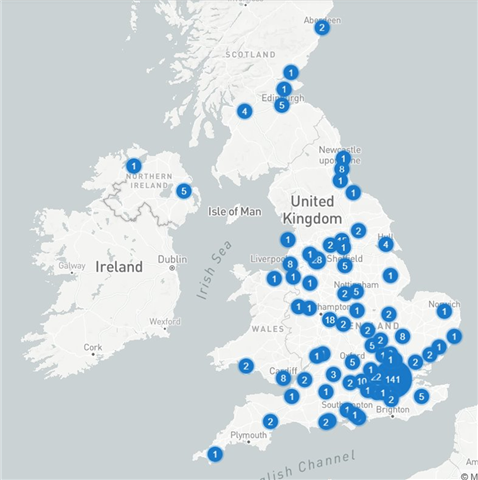Something to Act on: Climate Emergency or Storm in a Teacup?
At the April IET Central London Network evening lecture we had the opportunity to explore the intersection of net zero goals and the rising energy demands of data centres. Our presenter was Bob Hicks, CTO of a pioneering energy technology company and over the course of three Acts he offered a deep dive into the challenges and opportunities posed by digital infrastructure in the context of climate action.
Act 1: Understanding Net Zero and Energy Systems
The session began with a primer on net zero, emphasizing the importance of reducing greenhouse gas emissions rather than relying on offsets. Bob explained that electrification is central to achieving net zero, supported by renewable energy sources like wind and solar. However, he cautioned that not all energy is equal - timing and flexibility matter. For instance, solar energy is abundant in summer but less effective in winter. Surprisingly, wind energy also drops off in winter, a phenonomm known as Dunkelfalute.

Act2: The Rise of Data Centres
Data centres, often perceived as faceless energy consumers, were examined in detail. Bob described their architecture, including racks of servers, cooling systems, and backup generators. He highlighted that data centres operate 24/7, creating a constant energy demand that doesn’t align with the typical daily energy curve. With London emerging as a major hub, the UK’s data centre energy consumption is projected to rise from 4.38 TWh in 2024 to 10 TWh by 2029.

Act 3: Net Zero vs the Data Centres
A key concern is the inflexibility of data centre energy use. Unlike electric vehicles or heat pumps, data centres cannot shift their load to off-peak hours. Moreover, while they generate significant heat, this low-grade energy is difficult to repurpose. Bob also addressed misconceptions about data centres being detrimental to net zero goals. He argued that their constant demand could actually help stabilize the grid by providing a reliable base load for renewable energy.
Despite their limitations, data centres offer opportunities for innovation. Bob suggested that their predictable demand could support the deployment of renewables by smoothing out fluctuations in energy supply. He also noted that advancements in AI and computing efficiency could reduce energy intensity over time. Furthermore, the integration of data centres with smart grids and flexible energy systems could enhance overall sustainability.
Conclusion
While data centres pose unique challenges to net zero ambitions, they are also integral to modern life - from cloud storage to online banking. As Bob concluded, the goal is not to eliminate data centres but to integrate them thoughtfully into a sustainable energy future. With strategic planning and technological innovation, data centres can be part of the solution rather than the problem.
Do you agree with Bob? Let me know in the comments below and please follow the Central London Network on X (Twitter) and Facebook.
Watch the Lecture on IET TV here:
https://tv.theiet.org/?videoid=18185
Did you know that Savoy place has a 24/7 webcam? https://www.theiet.org/about/our-venues/iet-london-savoy-place-webcam